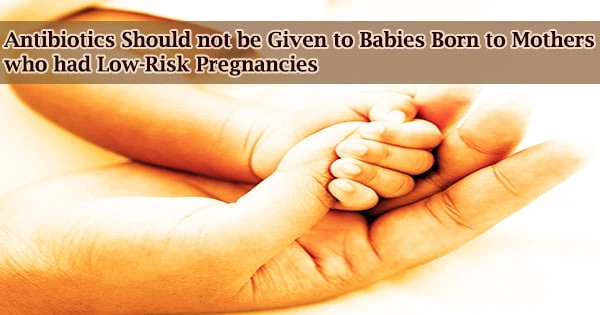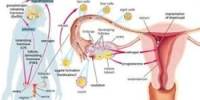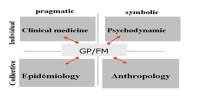According to a study by experts at Children’s Hospital of Philadelphia (CHOP), infants born via uncomplicated cesarean delivery with no labor or membrane rupture before delivery and no risk of infection should not require antibiotics at birth.
The findings, which were published in Pediatrics today, may aid clinicians in tailoring the use of early antibiotics in neonates. Antibiotics should only be given to people who are at risk of infection, reducing wasteful use.
Most pregnancies are low-risk, which means that the vast majority of pregnant women may anticipate a happy and healthy outcome for themselves and their baby. Preeclampsia, high blood pressure, weight gain, gestational diabetes, and medical disorders are just a few of the factors that can increase the risk during pregnancy or birth.
“Given the risks associated with early-onset sepsis in infants, it isn’t surprising that newborns are often administered antibiotics immediately after birth,” said first author Dustin D. Flannery, DO, MSCE, an attending neonatologist and clinical researcher at Children’s Hospital of Philadelphia.
“However, our study shows that it is safe to withhold antibiotics in infants, including those born preterm, with low-risk delivery characteristics. Such infants are unlikely to be infected at birth, and can be spared the potential complications of systemic antibiotic exposure.”
Due to exposure to bacteria during the delivery process, newborn newborns are at risk for early-onset sepsis (EOS), a life-threatening infection that can develop within 72 hours after birth.
However, predicting which infants may acquire EOS is difficult. In comparison to the rate of newborns with confirmed infection, this has resulted in an order of magnitude greater rate of antibiotic use.
Long-term antibiotic usage in newborns is linked to substantial unfavorable outcomes in preterm infants and the possibility of long-term difficulties in full-term infants, highlighting the need for a better strategy to monitor infection risk.
Because the birth procedure is the primary way a baby is exposed to germs, the researchers sought to look at delivery characteristics to see whether they could help physicians identify infants at low risk of EOS.
Given the risks associated with early-onset sepsis in infants, it isn’t surprising that newborns are often administered antibiotics immediately after birtha. However, our study shows that it is safe to withhold antibiotics in infants, including those born preterm, with low-risk delivery characteristics. Such infants are unlikely to be infected at birth, and can be spared the potential complications of systemic antibiotic exposure.
Dustin D. Flannery
They evaluated all infants born between 2009 and 2014 at two Philadelphia birth hospitals who had blood or cerebrospinal fluid culture taken within 72 hours after birth in retrospective research.
They looked at medical records for evidence of infection and delivery characteristics, defining a “low-risk” delivery as a cesarean section without rupture of the amniotic membranes prior to delivery, no labor or attempts to induce labor, and no suspected or confirmed maternal intraamniotic infection or fetal distress.
Infants born at various gestational ages were also included in the study. Despite the fact that late and moderately preterm newborns (28-36 weeks’ gestation) make up the majority of neonatal intensive care unit (NICU) admissions, few research have looked into the risk of EOS in both severely preterm (less than 28 weeks’ gestation) and full-term (37 weeks or more) infants.
The study comprised 7,549 newborns who had a culture drawn on them. 1,121 (14.8 percent) were delivered in a low-risk environment, while 6,428 (85.2 percent) were not. A total of 41 newborns were found to have confirmed cases of EOS; none of the infected individuals were born in a low-risk environment.
Despite the fact that no infants born in a low-risk delivery setting got EOS, 80 percent of them were given antibiotics on the spot. The proportion of infants who got prolonged antibiotics did not differ between the low-risk and non-low risk groups, implying that clinicians did not recognize or account for the lower risk of infection and stopped medications in the absence of confirmed infection.
“In the United States, an estimated 400,000 uninfected term infants receive empirical antibiotics at birth every year, and upwards of 90% of extremely preterm infants receive antibiotics,” Dr. Flannery said.
“Our study shows that a well-defined subset of these infants should not need antibiotics, and clinicians can use delivery characteristics as a guide to prevent unnecessary antibiotic use and avoid potential complications of treatment.”
















